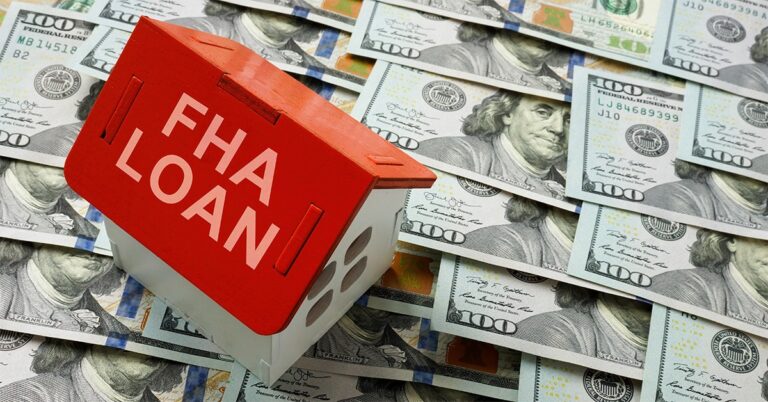U.S. mortgage rates averaged 5% this week for the first time in more than 10 years, according to Freddie Mac’s Primary Mortgage Market Survey.
The average mortgage rate for a 30-year fixed-rate mortgage hit exactly 5% as of April 14, up 0.28 percentage points from the prior week and up 1.96 percentage points from the same time last year. The last time the average 30-year fixed rate even approached 5% was near the end of 2018, peaking at rate of 4.94% in the week ending Nov. 8. The last time the 30-year rate hit 5% was in February 2011, reaching 5.05% in the week ending Feb. 10 before dipping to 5% the following week.
Average mortgage rates haven’t been consistently above 5% since just after the Great Recession. The last time rates stayed at or above 5% for at least four straight weeks was in 2010, when they rose above the threshold in April and stayed there until early May.
This week’s crossing of the 5% mark wasn’t exactly a surprise, of course, with rates already trending upward for some time and the Federal Reserve signaling that more hikes of its baseline rate will be forthcoming this year. Economists polled by Reuters in early April said that the Fed is expected to announce back-to-back interest rate increases of 50 basis points each in May and June — a move unseen since 1994 — which will likely bring the federal funds target rate to a range of 1.25% to 1.50% by the summer.
For aspiring homebuyers, the news is yet another indication of worsening affordability, said Freddie Mac chief economist Sam Khater.
“This week, mortgage rates averaged 5% for the first time in over a decade,” Khater said. “As Americans contend with historically high inflation, the combination of rising mortgage rates, elevated home prices and tight inventory are making the pursuit of homeownership the most expensive in a generation.”
The impact of rising rates is already being felt as the Mortgage Bankers Association (MBA) reported this week that refinance activity declined to the slowest weekly pace since 2019. Joel Kan, the MBA’s associate vice president of economic and industry forecasting, said that because demand is still robust, consumer interest in alternative loan products is growing.
“Higher rates are increasing borrower interest in ARMs (adjustable-rate mortgages),” Kan said. “Their share of applications last week was at 7.4%, which was the highest share since June 2019. In a promising sign of strong purchase demand amidst affordability challenges, both conventional and government purchase applications increased.”
The faster-than-anticipated growth of mortgage rates led the MBA to adjust its most recent full-year 2022 forecast, which now calls for loan originations to total $2.58 trillion in 2022, down 35.5% from last year. Purchase originations are still predicted to grow to $1.72 trillion, a 4% annual increase and a new record if realized. Refi originations, however, are set to plummet 64% to $841 billion.
“Mortgage rates have spiked more than 1.5 percentage points thus far in 2022,” said Mike Fratantoni, the MBA’s senior vice president and chief economist. “This rapid increase in rates, caused by a much more rapid pace of rate hikes and balance-sheet reduction from the Federal Reserve, is in response to the booming job market and inflation being at a 40-year high. The jump in mortgage rates will slow the housing market and further reduce refinance demand the rest of this year.
“Higher home prices and rates, as well as ongoing supply constraints, are now expected to lead to an annual decline in existing home sales,” Fratantoni added. “However, MBA continues to expect purchase originations to reach a new record in 2022. Even though existing sales volume will be slightly lower than last year, the continued growth in new-home sales and the swift rise in home prices should deliver a smaller but solid 4% annual growth in purchase origination volume.”








